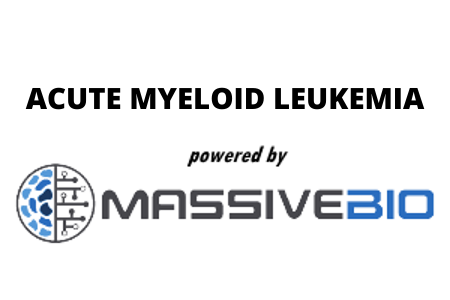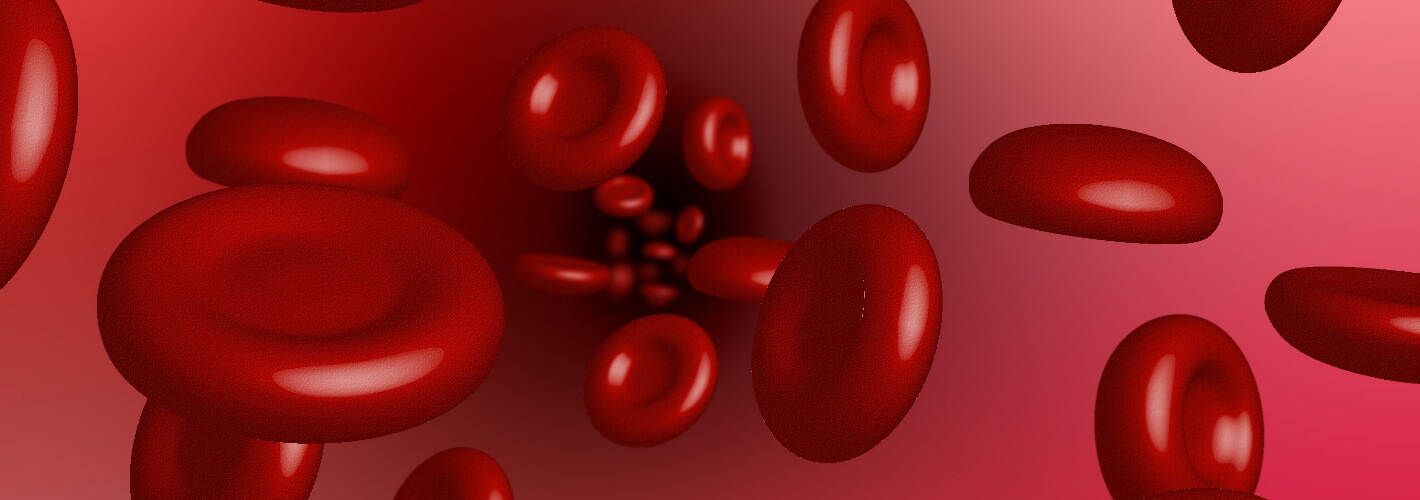What are acute myeloid leukemia symptoms and signs? Acute myeloid leukemia (AML) is a type of cancer that occurs in the blood and bone marrow, which is the spongy tissue that produces blood cells. When AML attacks the blood and bone marrow, it intercepts growing blood cells from continuing to grow into healthy blood cells. The most common acute myeloid leukemia symptoms and signs in early stages are similar to those of the flu, however, these can vary from patient to patient depending on the type of blood cell that is being affected.
What are the Most Common Acute Myeloid Leukemia Symptoms?
Symptoms vary by the severity and stage of the cancer as well as by the type of blood cell that is affected. There are three types of blood cells that can be affected: white blood cells, which help to fight infections; red blood cells, which carry oxygen to and from the body; and platelets, which have the role of clotting blood when injuries occur.
The most common signs and symptoms at the early stages of the disease include:
- Fever
- Drowsiness or Fatigue
- Weight loss
- Night Sweats
- Loss of appetite
If the type of AML is affecting the red blood cells and there are less healthy red blood cells than normal, common symptoms include:
- Weakness and fatigue
- Paleness
- Cold extremitiesv
- Shortness of breath
- Weight loss
- Loss of appetite
- Dizziness
- Irregular heartbeat
If the type of AML has affected white blood cells and there are less white blood cells than usual, there is a higher chance for infection to occur. The symptoms for these infections include:
- Fever
- Weakness
- Pain in the muscles
- Exhaustion
- Diarrhea
When it comes to affecting the growth and production of platelets, AML may not allow blood to clot the way it should. Some symptoms that would follow this certain type of AML include:
- Bruising easily
- Uncontrollable bleeding
- Bleeding of the gums
- Small red marks under the skin called petechiae
- Nose bleeds
- Persistent sores
If AML spreads to other parts of the body, it can cause more severe symptoms that are easier to identify, including the following:
- Trouble balancing
- Blurry vision
- Bone or joint pain
- Facial numbness
- Seizures
- Rashes or irregular spots on the skin
- Bloating
- Bleeding and swelling in the gums
- Swelling of the lymph nodes
What is Leukostasis?
Leukostasis, also known as symptomatic hyperleukocytosis, is most seen in patients with AML or CML (chronic myeloid leukemia) in blast crisis and is a medical emergency where if left untreated the one-week mortality rate is very high. Leukostasis is characterized by a very elevated blast cell count and symptoms of decreased tissue perfusion. It is commonly diagnosed in patients who present with respiratory or neurological distress. Common symptoms include:
- Headaches
- Shortness of breath
- Weakness in a single side of the body
- Slurred speech
- Confusion
- Drowsiness
If you are experiencing any of the above-mentioned symptoms, it is always best to consult a doctor to eliminate all possible causes. As with all types of cancer, observation and follow-up increase the possibility of diagnosing AML in its early stages, which increases the survival rate after treatment.
Resources:
mayoclinic.org
cancer.org
webmd.com


0 Comments